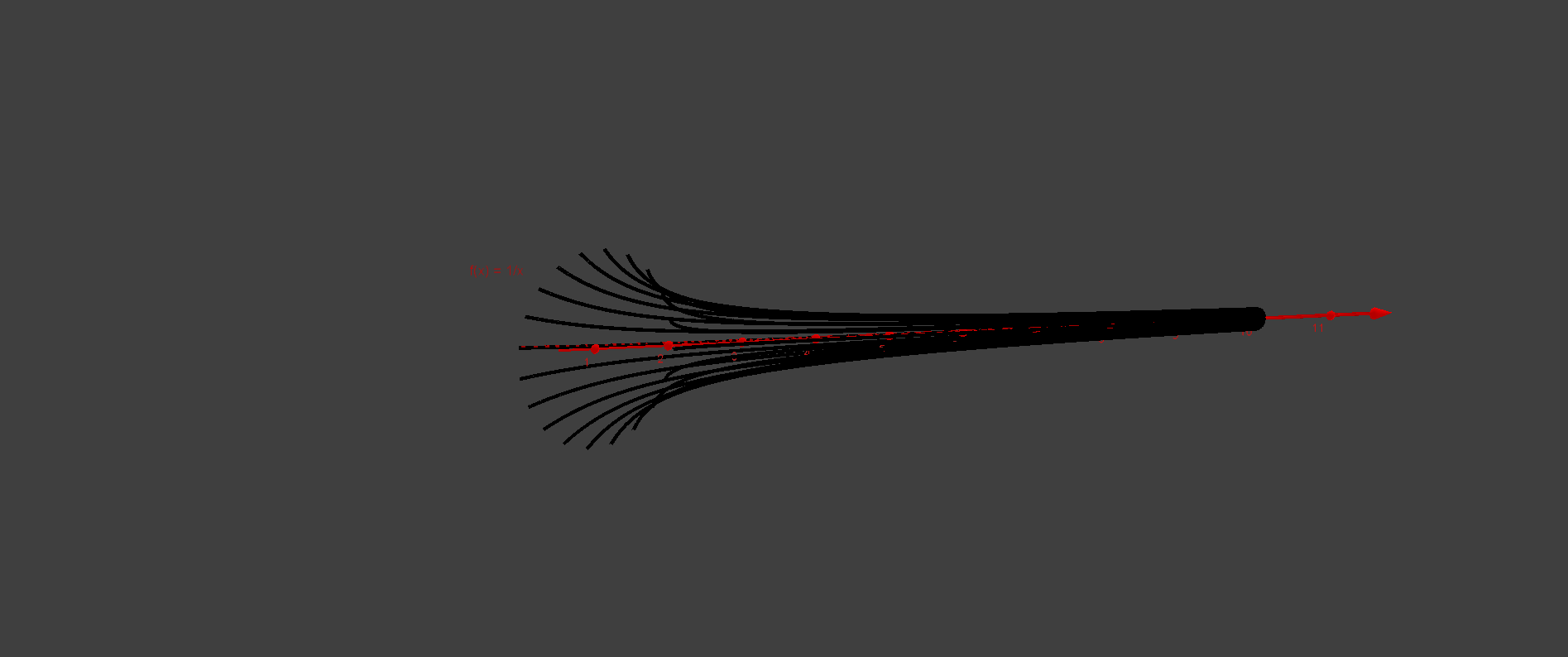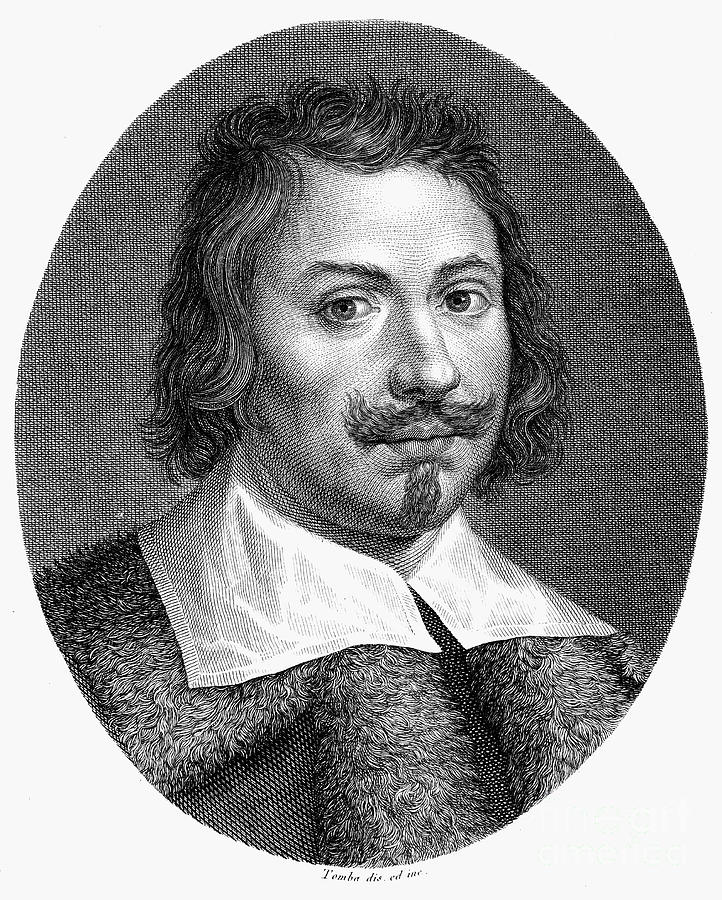Continuing to excel in his studies Castelli made him his personal secretary, a position he held between 1626 and 1632.
He later became the personal secretary of Monsignor Giovanni Ciampoli, a personal friend of Galileo.
After being in this position for nine years he became Galileo's secretary for three months.
After Galileo died, Torricelli was appointed as the court mathematician to the Grand Duke of Tuscany and chair of mathematics at the "studio fiorentino".
Torricelli held these positons until his death in 1647.
Torricelli's main interest was astronomy and he was a strong supporter of Galileo.
However, Galileo's study of astronomy and views of this new science got him convicted of heresy.
This conviction scared Torricelli so he gave up his astronomy work and turned his attention to mathematics.
When it came to math Torricelli enjoyed working with problems using the
infinitesimal method. Using
Calvalieri's method of indivisibiles, he solved the famous problem of finding the area under the arch of the cycloid.
He later used this same method to determine the length of the infinitely many revolutions of the logarithmic spiral.
But one of his most remarkable mathematical discoveries was the properties associated with "the acute hyperbolic solid"
generated by revolving y = 1/x about the x axis for x = 1 to x = ∞.

This results in a shape that has an infinite surface area with a finite volume known as Torricelli’s trumpet or Gabriel’s horn.
Torricelli was surprised with his discovery saying “It may seem incredible that although this solid has an infinite length, nevertheless
none of the cylindrical surfaces we considered has an infinite length but all of them are finite.”
This discovery created some controversy in the mathematical and philosophical worlds
Torricelli’s mathematical discovery was not only counterintuitive but to some was impossible.
Even eighty years’ latter Bernard de Fontenelle said, “one apparently expected, and should have expected, to find (Torricelli’s solid) infinite in volume.”
Torricelli’s original discovery is still valid and his proof is very complex.
However, we can use calculus to prove the hyperbolic solid is not only infinite in area but also finite in volume.

This results in a shape that has an infinite surface area with a finite volume known as Torricelli’s trumpet or Gabriel’s horn.
Torricelli was surprised with his discovery saying “It may seem incredible that although this solid has an infinite length, nevertheless
none of the cylindrical surfaces we considered has an infinite length but all of them are finite.”
This discovery created some controversy in the mathematical and philosophical worlds
Torricelli’s mathematical discovery was not only counterintuitive but to some was impossible.
Even eighty years’ latter Bernard de Fontenelle said, “one apparently expected, and should have expected, to find (Torricelli’s solid) infinite in volume.”
Torricelli’s original discovery is still valid and his proof is very complex.
However, we can use calculus to prove the hyperbolic solid is not only infinite in area but also finite in volume.

This results in a shape that has an infinite surface area with a finite volume known as Torricelli’s trumpet or Gabriel’s horn. Torricelli was surprised with his discovery saying “It may seem incredible that although this solid has an infinite length, nevertheless none of the cylindrical surfaces we considered has an infinite length but all of them are finite.”
